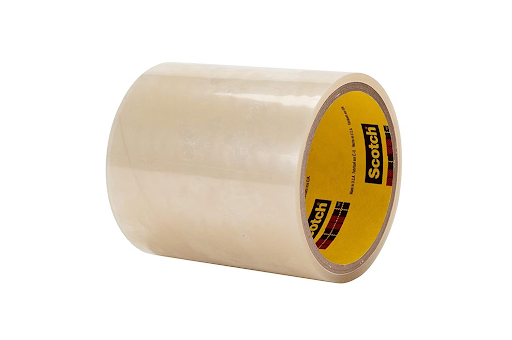In the dynamic realm of modern technology, one innovation that has captivated the imagination of creators and manufacturers alike is the imprimante 3D, more commonly known as a 3D printer. The revolutionary concept of 3D printing has transformed the landscape of manufacturing, design, and prototyping, offering unprecedented possibilities across various industries.
Understanding Imprimante 3D
At its core, an imprimante 3D is a device that employs the ingenious technique of additive manufacturing to create three-dimensional objects layer by layer. Unlike traditional manufacturing methods that involve subtracting material through cutting or moulding, 3D printing adds material precisely where it is needed, resulting in minimal waste and incredible precision.
The Magic of 3D Printing
The magic of 3D printing lies in its ability to turn digital designs into tangible objects with remarkable speed and precision. Whether it’s intricate prototypes, bespoke products, or even medical implants, the imprimante 3D has become a transformative force in a multitude of industries.
Applications of 3D Printing
Prototyping and Product Development
One of the primary applications of imprimante 3D technology is in the realm of prototyping and product development. Designers and engineers can bring their ideas to life swiftly, allowing for rapid iteration and refinement of prototypes. This not only accelerates the product development cycle but also reduces costs associated with traditional prototyping methods.
Customization in Manufacturing
The versatility of 3D printing shines brightly in the realm of customization. From personalized consumer products to tailored medical implants, the imprimante 3D allows for the creation of unique and highly specific items. This level of customization has revolutionized industries such as fashion, healthcare, and consumer goods.
Healthcare and Bioprinting
In the healthcare sector, 3D printing has emerged as a groundbreaking technology. From crafting precise models for surgical planning to creating patient-specific implants, the imprimante 3D has elevated medical practices to new heights. Bioprinting, a specialized form of 3D printing, is even pushing the boundaries by creating living tissues and organs for transplantation.
Aerospace and Automotive Advancements
Industries like aerospace and automotive have embraced 3D printing for its ability to create lightweight yet robust components. The imprimante 3D allows for the production of intricate designs that were previously impossible or cost-prohibitive using traditional manufacturing methods. This has led to improved fuel efficiency, performance, and innovation in these sectors.
Key Advantages of Imprimante 3D
Speed and Efficiency
Traditional manufacturing processes can be time-consuming, involving multiple steps and tool changes. Imprimante 3D streamlines this by producing objects layer by layer, significantly reducing production time. This speed advantage is particularly beneficial in industries where quick turnaround times are crucial.
Cost-Effective Prototyping
Prototyping can be an expensive phase in product development. With imprimante 3D technology, designers can iterate on their designs at a fraction of the cost compared to traditional prototyping methods. This cost-effectiveness facilitates a more agile and experimental approach to product development.
Reduced Material Waste
Unlike subtractive manufacturing methods that often result in substantial material waste, 3D printing adds material only where needed. This not only makes the process more environmentally friendly but also contributes to cost savings by minimizing raw material usage.
Complex Geometries
Traditional manufacturing processes may struggle with creating intricate and complex geometries. Imprimante 3D excels in this aspect, allowing for the production of highly detailed and intricate designs that would be challenging or impossible to achieve through other methods.
Future Trends and Innovations
As imprimante 3D technology continues to evolve, several exciting trends and innovations are shaping its future:
Advancements in Materials
Researchers and manufacturers are constantly exploring new materials for 3D printing, including biodegradable plastics, metal alloys, and even bio-inks for bioprinting. These advancements broaden the range of applications and enhance the overall capabilities of 3D printing.
Large-Scale Printing
The ability to print larger objects is a significant focus for future developments in 3D printing. This could have profound implications for industries such as construction, where the imprimante 3D could be used to create entire buildings with unprecedented speed and efficiency.
Integration with Artificial Intelligence
The synergy between 3D printing and artificial intelligence is a promising frontier. AI algorithms can optimize designs for 3D printing, leading to more efficient structures and reduced material usage. This integration is poised to further enhance the capabilities and applications of imprimante 3D technology.
Conclusion
In the fascinating world of imprimante 3D, the possibilities are as vast as the imagination. From revolutionizing manufacturing processes to redefining healthcare solutions, 3D printing continues to leave an indelible mark on various industries. As technology advances and innovations unfold, the imprimante 3D remains a beacon of creativity, efficiency, and limitless potential. Embrace the future, where the art of 3D printing continues to shape the way we design, create, and build.






